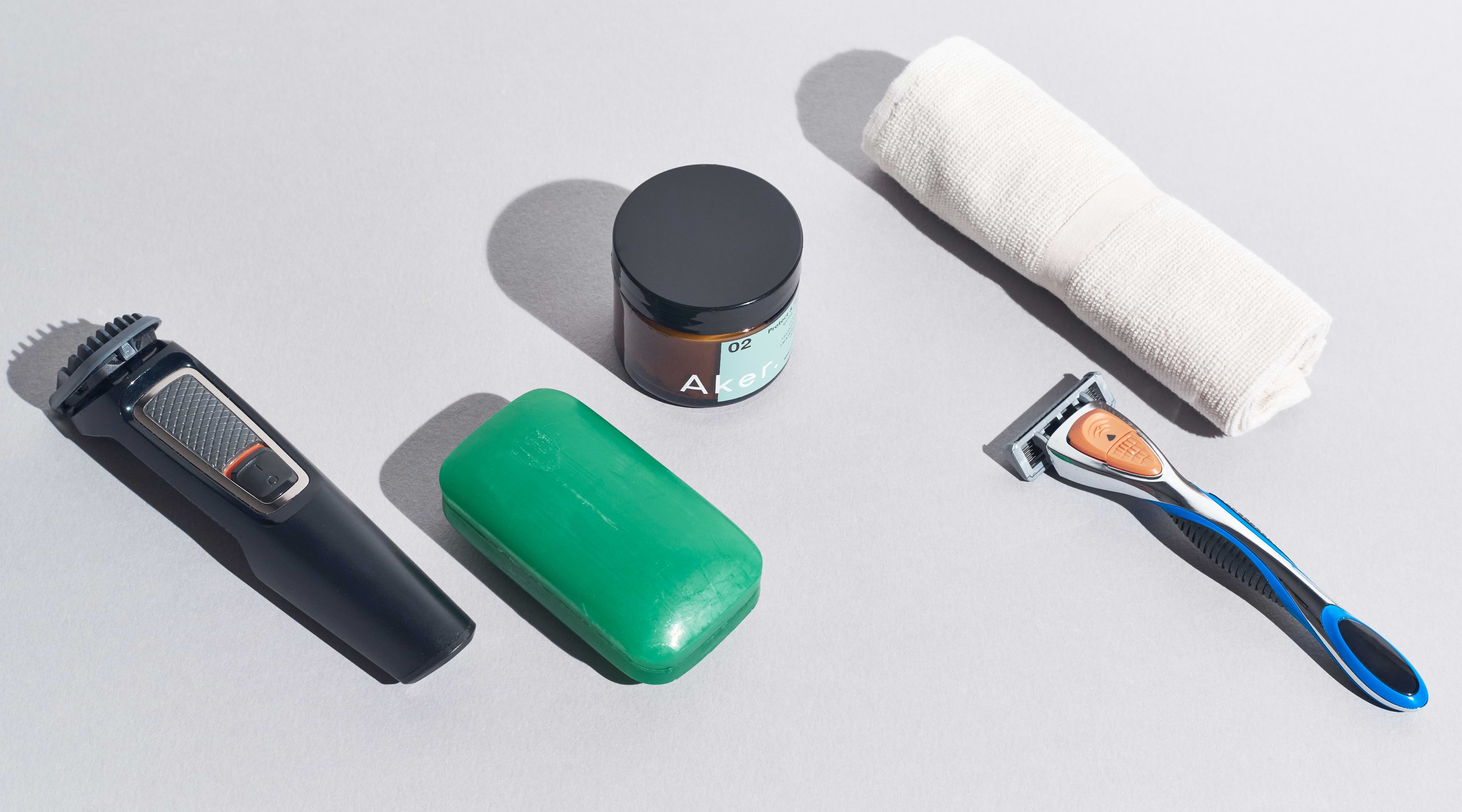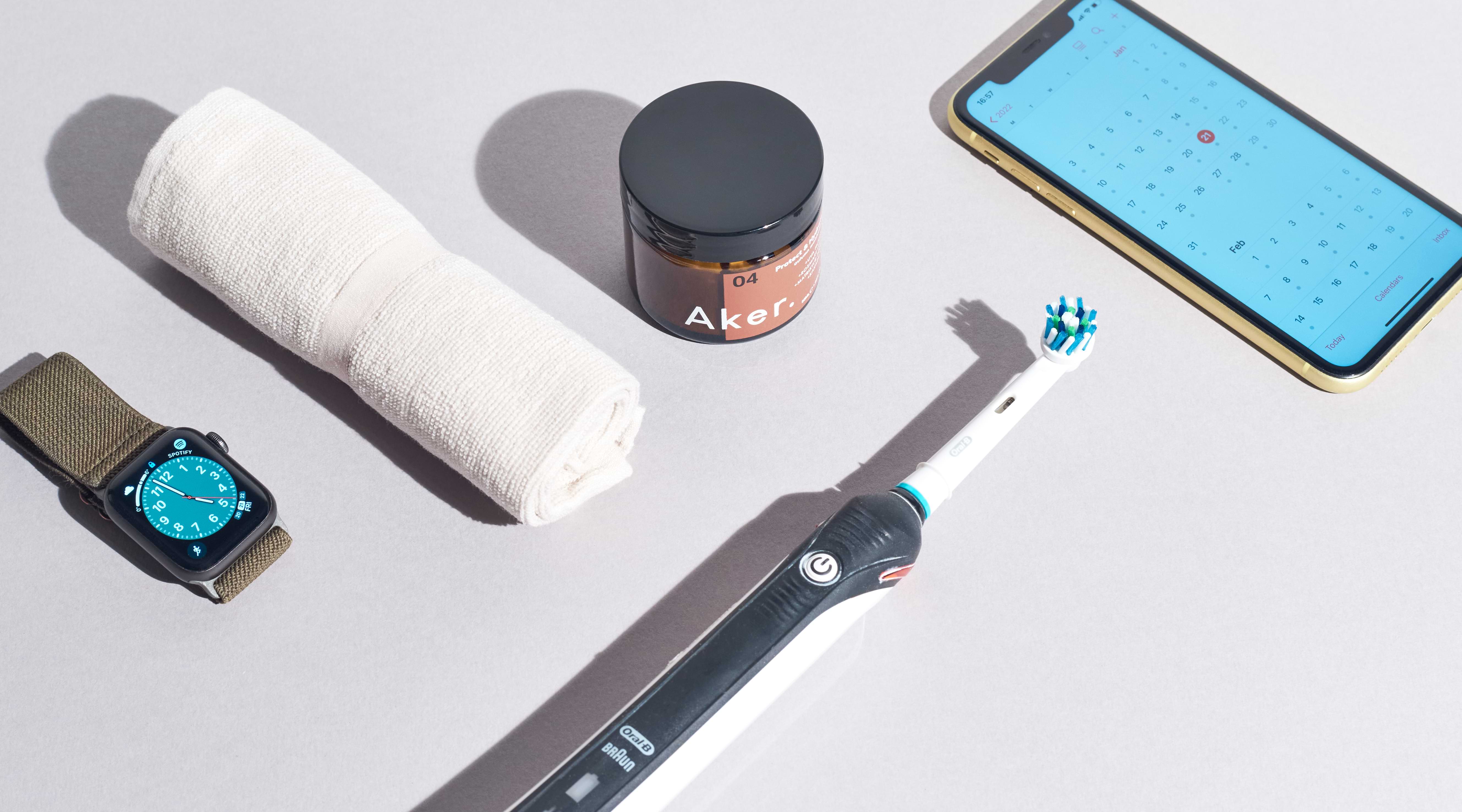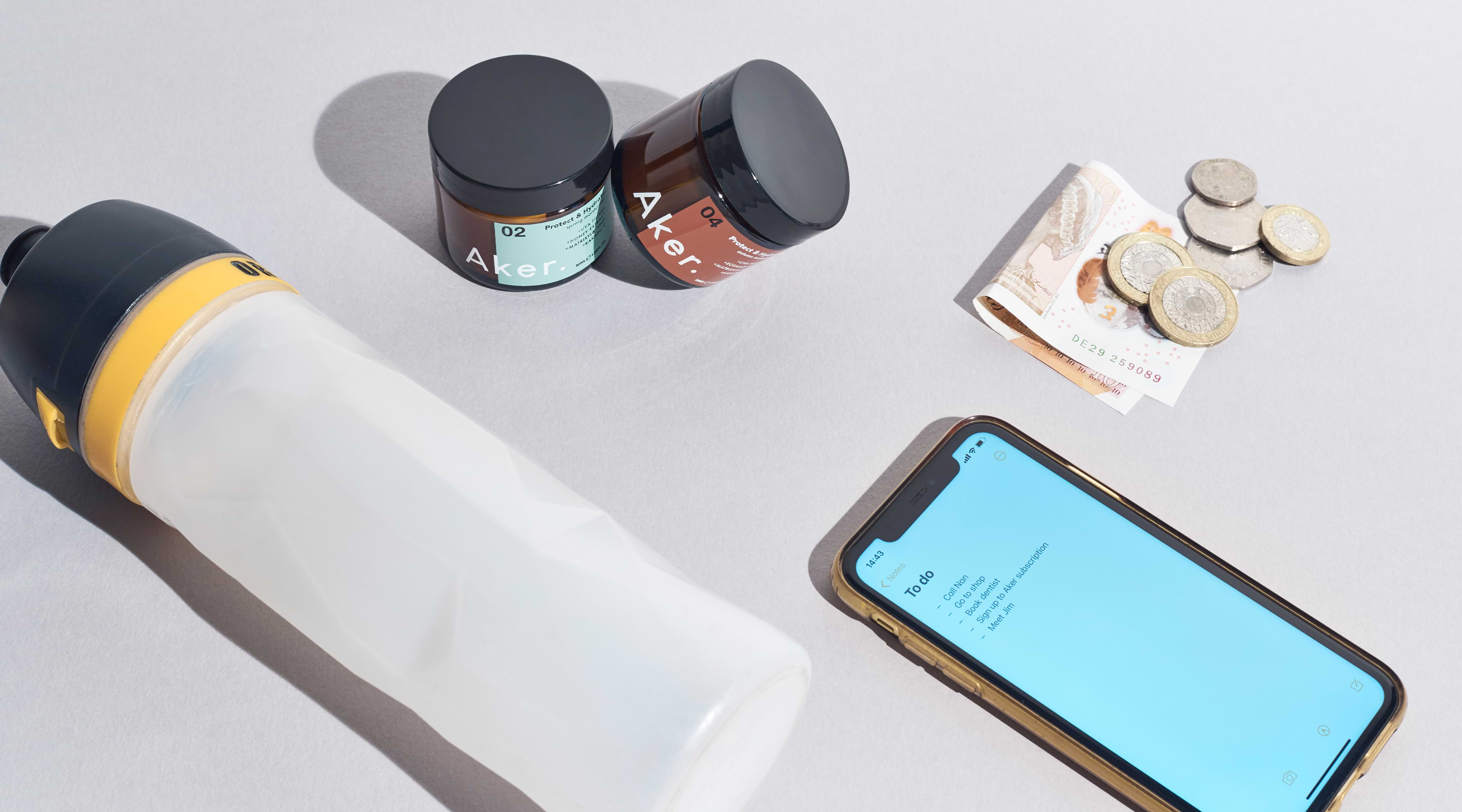A good skincare routine should be uncomplicated, consistent, and use products that are actually good for your skin.
That might sound simple, but there are plenty of guides and companies out there that will tell you you need 8 different products for your forehead and another 12 for your cheeks.
Thank goodness you’ve found this article, then. We’re not interested in complicated processes or dodgy claims, we just believe in high-quality skincare products made from safe, sustainable ingredients.
If you want to know how to design a great skincare routine, we’ve written about that before, but what about the products that make it up? What should you look for and what should you avoid, how do you use them, and how do you know if they’re worth using?
This article will give you a simple overview of the essential parts of a good skincare routine, with tips on finding the right products, designing your routine for your skin, and what to look out for (and avoid).
Facewash/cleanser
A good facewash is the starting point of pretty much every effective skincare routine.
Using a facewash helps to remove the dead skin, dirt, and oil that builds up throughout the day. None of these are inherently bad - they’re just byproducts of your skin regulating itself and staying fresh and healthy. If you don’t wash them off, though, they can block your pores, create oil imbalances, and roughen your skin.
Now, of course, you can wash your face with water - that’ll do a better job than nothing at all - but if you want to really clean your skin, you’ll need a facewash.
The right facewash will help to hydrate your skin, manage its pH level, and keep it in top condition.
How to use your facewash/cleanser
Cleansers and facewashes generally come as creams or foaming gels. Most skin types are fine with gels, but if you’ve got quite dry skin, a cream will be better. If you’re not sure what skin type you are, we’ve written a guide to help you identify your skin type.
-
Using a gel: Wet your hands, put a pea-sized amount of facewash on your fingertip, and rub your hands together to create a foam. Rub the foam into your face using a little bit of pressure, leave it for a few seconds, and then rinse it off.
-
Using a cream: wash your face with water, dry off most of the moisture, and then apply about two fingertips’ worth of cream across your face - again, with a little bit of pressure to make sure you’re not just pasting it over the top of your skin. Rinse it off after a few seconds.

How to choose your facewash or cleanser
If you have oily skin, find a facewash with a lower pH level.
If you have dry skin, find a low- or no-alcohol facewash.
If you have sensitive skin, choose a facewash without fragrances or additives.
Ingredients to check for in facewashes
We’ve written before about the difference between natural and synthetic ingredients - and why some synthetic ingredients (such as triclosan) are incredibly harmful to nature.
Look out for the six skincare ingredients Vogue listed as most harmful to the environment:
-
oxybenzone and octinoxate (harmful to coral reefs)
-
triclosan (damages aquatic bacteria)
-
parabens (negative effects documented on marine life)
-
siloxanes (toxic to marine life due to bioaccumulation)
-
microbeads (plastic pollutants)
-
synthetic fragrances (also bioaccumulate, as well as being skin irritants)
As we mentioned above, alcohol in facewashes and cleansers can dry out our skin. If you’re prone to dry skin, avoid alcohol in your skincare products.
Exfoliant
An exfoliant goes the extra mile that your facewash or cleanser can’t quite manage.
Packed with abrasive ingredients, a good exfoliant will help clear away the dead skin cells that aren’t at the very surface of your skin and ready to be washed off.
It might sound a bit harsh, but all an exfoliant really does is mimic your skin’s natural process of shedding dead cells - it just speeds up the process and makes your skin look happier, healthier, and helps it “maintain visible radiance”.
Exfoliating gets more important as we age, our skin’s “radiance diminishes as the epidermal cell turnover rate slows down”, meaning dead cells stay on our skin for longer. But we all have dead skin, it’s just how our skin works!
How to use your exfoliant
The sweet spot for exfoliating is around every two to three days, rather than everyday use. Your skin just doesn’t refresh itself that often!
With a pea-sized amount of exfoliant on your fingertips, rub it on your face in a circular motion.
You want to make sure you aren’t violently attacking your poor face - exfoliants are designed to do their job with a normal amount of pressure. If you scrub too hard, you risk damaging your skin. If your skin goes quite pink or you see signs of scratching/irritation after exfoliating, dial down the pressure next time!
Wash off your exfoliant with cold water and towel your face down gently.
How to choose your exfoliant
You can get chemical exfoliants that work at a slightly deeper skin level, but we think normal physical scrubs do a more-than-good-enough job.
Because your exfoliant is stripping away dead skin cells and exposing new, fresher skin, you’ll want to make sure it isn’t packed with artificial fragrances, high alcohol content, or other synthetic nasties. Your fresh skin needs to be treated with care.
The ingredients to look out for
The six ingredients we listed previously are all important to check for, but the most important with exfoliants is microbeads - one of many major contributors to microplastics in our soil and oceans.
Most companies have woken up to the harm microbeads cause, but it has still been estimated that “the United States emits enough microbeads to cover >300 tennis courts daily”.
Natural exfoliants include salt, sugar, coffee grounds, oats, and charcoal. Make sure you check your labels to ensure you’re using a plastic-free scrub.
Moisturiser
Now, we could talk all day long about moisturising. It’s kind of our thing, if you didn’t know…
A moisturiser is the most important part of your skincare routine. Without it, you risk drying your skin out and creating imbalances in your skin that will lead to a multitude of problems before long.
Creating a skincare routine without including a moisturiser is like buying a Tesla but forgetting to charge the battery. You’ve got a great-looking lineup, but it’s not going to take you anywhere.
The right moisturiser will help your skin thrive by “interrupting dry skin cycle[s] while maintaining skin smoothness”, as well as being anti-inflammatory (soothing), antipruritic (reducing itchiness), antimitotic (slowing down cell division to prevent the spread of skin conditions), and healing.
How to use your moisturiser
Apply your moisturiser after you’ve cleansed and exfoliated.
Start with a little and add more as you need it - the last thing you want to do is overload your skin, clog your pores, and waste moisturiser on skin that’s already been nourished.
A classic mistake is to rub the moisturiser between your fingers or hands before applying it. This is great for moisturising your hands, but means you’re getting less on your face!
Dab your moisturiser onto your forehead, nose, and cheeks and rub it into each area from there. If you’ve missed a spot or feel dryness in an area, go ahead and top it up.

How to choose your moisturiser
Your skin deals with vastly different environments as the months go by and, the atmosphere, weather changes, You can buy a different moisturiser that’s thicker and packed with the right vitamins for winter, then find a new one that’s lighter and got an SPF for summer… or you could get moisturisers delivered to your door by one quality brand at the start of each season.
The ingredients to look out for
Yep, those same six we’ve talked about already still matter here, but what’s especially important with your moisturiser is checking that it:- Is adapted to the seasons
- Uses natural, non-synthetic ingredients
- Is formulated to be kind to the planet, as well as your skin
Wearing shorts in winter and a puffa jacket in summer would be pretty uncomfortable… just imagine how your skin feels when you use the wrong moisturiser at the wrong time! You can learn more deeply about how each season affects your skin here.
Options that might not be for everyone:
Toner
A toner is a gentle, neutral product that restores your skin’s pH balance. This can be really helpful for people with dry or oily skin, as pH imbalances can exacerbate the unwanted symptoms of those skin types.
Eye cream
Our eyes are one of the first areas that show signs of ageing. Wrinkles, dark circles, discolouration… they sure know how to throw us off our A-game. Look for an eye cream that’s rich in caffeine, as this reduces dark circles and makes skin look more youthful.
Shaving cream
Beards are most certainly ‘in’ at the moment, so you might only do the occasional touch up with an electric beard trimmer. But, for those of you who prefer a clean shave, a quality, hydrating shaving cream is essential.
Quality razor
Same as above - if you’re the kind of guy who hates fuzz on his face, a quality razor is worth the investment 100 times over. Sharp blades and in-built moisturising agents will make the world of difference to your skin and prevent nicks and irritation.
The ultimate thing to get right with your skincare routine…
It’s not products, timing, or spending a million quid.
It’s consistency.
The best routine you can get into is the one that you stick with. That might be as simple as exfoliating once a week and moisturising after you shower. It could be a 15-step process, in which you burn sage and do a small dance for the skincare forefathers.
A skincare routine you can stick to is going to be infinitely more effective than the one you start and stop every few weeks.
Your skin loves consistency and regularity, so choose a routine that you can stick to and you’ll have a happier, healthier face before long.



